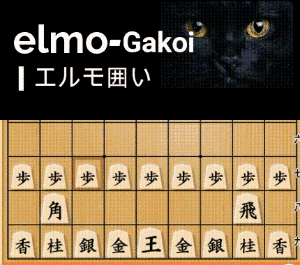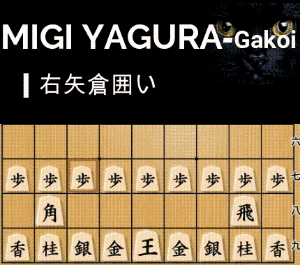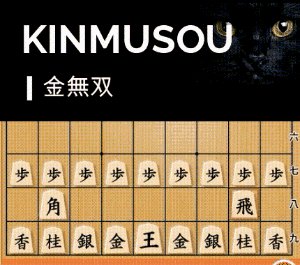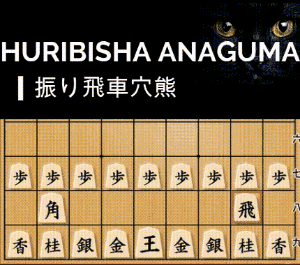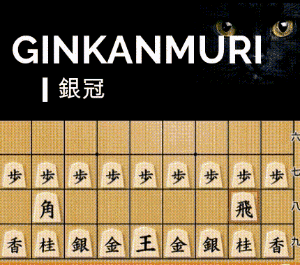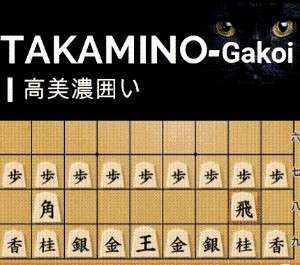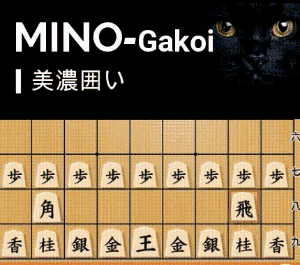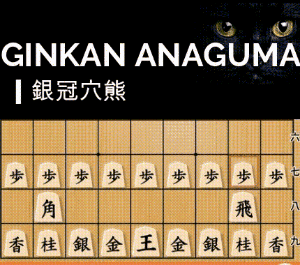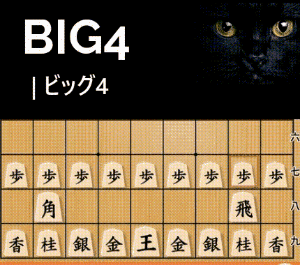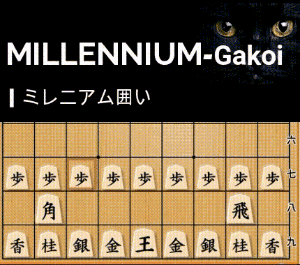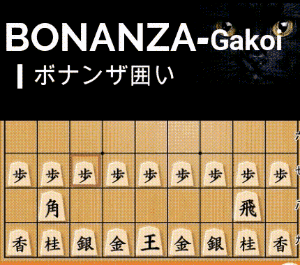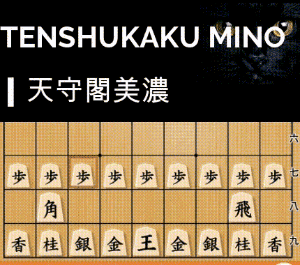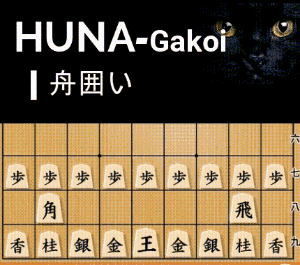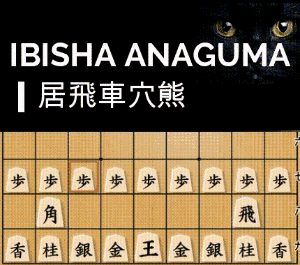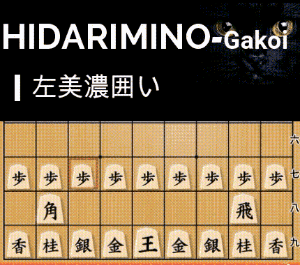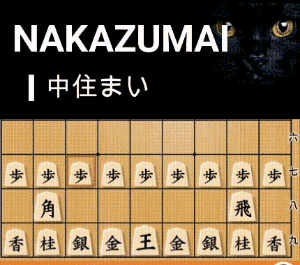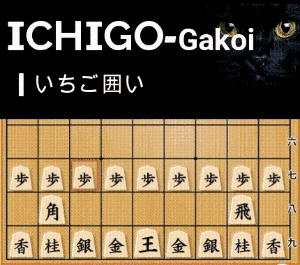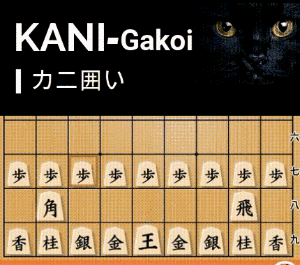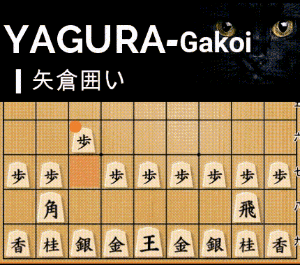How to Counter Right 4th File R in 4th File R Strategies
Master techniques to counter the aggressive Right Fourth File Rook strategy in Fourth File Rook games. Turn the tables with effective setups and tactics.
Understanding and Countering the Right Fourth File Rook
In Fourth File Rook strategies, the Right Fourth File Rook is often considered a formidable counter for its aggressive nature. However, with the right approach, you can handle this strategy effectively.
The Right Fourth File Rook, where the Rook moves to the fourth file (or sixth file for Black), is a highly offensive tactic combining the Rook, Bishop, Silver, and Knight for devastating attacks. While it’s rarely seen in professional Shogi, it remains popular among amateurs for its destructive potential. Let’s explore how to tackle this strategy step by step.
Basic Formation: Fourth File Rook vs. Right Fourth File Rook
The basic setup for Fourth File Rook against Right Fourth File Rook looks like this:
You are playing Fourth File Rook with a Partial Mino castle, while your opponent has set up the Right Fourth File Rook with a Boat castle. Notably, you have advanced your Silver to the 5th rank, reinforcing control over the 65 square.
When facing the Right Fourth File Rook, advancing your Silver early to 5-6 is crucial to prepare for potential attacks on the 6-5 square.
For more details on the castles and strategies mentioned, refer to these resources:
- Your strategy: Fourth File Rook
- Opponent’s strategy: Right Fourth File Rook
- Your defense: Mino Castle/Partial Mino Castle
- Your defense: High Mino Castle
- Opponent’s defense: Boat Castle
Next Moves in Right Fourth File Rook Counterplay
In this phase, you delay completing your Mino Castle with 5-8 Gold and instead advance your pawn to 4-6. When your opponent jumps their Knight to 7-3, respond by advancing your Lance to 9-8.
The Lance move serves a specific purpose, as you’ll see later. By jumping their Knight, your opponent signals readiness to launch an attack with 8-5 Knight. From here, let’s examine three common scenarios:
Pattern 1: Defending with a Partial Mino Castle
In this situation, your opponent initiates the attack with 8-5 Knight. Where should you move your Bishop?
Retreating to 8-6 is often the most flexible option. In response, your opponent pushes the 6-5 Pawn to press forward. Should you capture it with a Pawn or a Silver?
The correct move is to capture with the Pawn. Even though this opens your opponent’s Bishop line, their promoted Bishop will be neutralized by your prepared moves.
When your opponent promotes their Bishop to 9-9, defend with 7-9 Gold. This traps the promoted Bishop, rendering it ineffective. By advancing the Lance earlier, you also prevent it from being captured.
Pattern 2: Standard Mino Castle Defense
Here, your opponent attacks when you’ve already completed a Standard Mino Castle. While the initial moves resemble the Partial Mino Castle defense, the dynamics change after the Bishop promotion.
After the 6-5 Pawn push, capture it as before, and your opponent promotes their Bishop. However, with the completed castle, you cannot defend with 7-9 Gold. Instead, counterattack by advancing your Bishop to 6-4.
While this counter is viable, the resulting positions often lead to sharp and unclear outcomes. Therefore, completing the Mino Castle is better timed when your opponent’s setup has noticeable weaknesses or gaps.
Pattern 3: High Mino Castle Defense
Finally, let’s examine the High Mino Castle setup. After both sides strengthen their defenses, the game transitions into mutual attacks.
When your opponent pushes the 8-5 Pawn, respond as usual. However, if they push the 6-5 Pawn, this time you should capture it with your Silver instead of a Pawn.
This leads to an exchange of Silvers, after which your opponent may drop a Silver at 7-7. To handle this, move your Knight to 7-7 and trade pieces. While your Rook and Bishop might seem passive, focusing on piece coordination ensures a gradual counterattack.
The key defensive move here is the “focus pawn” at 6-6. By dropping a pawn onto a contested square, you can create tactical opportunities to neutralize their attack or gain material.
💡Pro Tip: Watch Out for “Focal Pawns”
The Focal Point Pawn is a tactic where you drop a pawn onto a key square controlled by multiple opponent pieces. This move disrupts the opponent’s formation, often throwing off the alignment of gold or silver generals or blocking the range of rooks and bishops. Dropping a pawn where the rook and bishop’s control intersects is especially effective, as it can neutralize one of them, creating an opening in their defense.
With these strategies, you’ll be well-equipped to counter the Right Fourth File Rook effectively. Implement these approaches, and take your Right Fourth File Rook counterplay to the next level!



